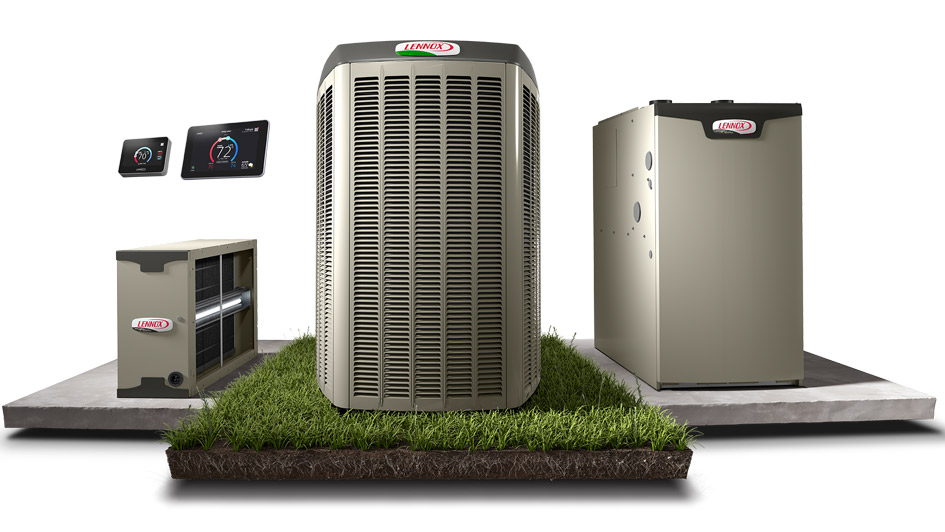
A dependable HVAC system is vital for a comfortable and energy-efficient home, but it’s also a big investment. You deserve the most effective comfort solutions achievable, which is why HVAC rebates are so beneficial. They can help ensure high-efficiency furnaces, air conditioners and other equipment is more affordable.
HVAC efficiency standards are increasing next year, so now’s an ideal time to explore your options. Different companies, organizations and even government entities are extending rebates in 2023 to help everyone procure a new, high-efficiency HVAC system.
Furnace Rebates Require High Efficiency Models
Lots of manufacturers of high-efficiency furnaces provide rebates toward buying a new system. These furnaces incorporate energy-efficient components like variable-speed blower motors, which let the thermostat fine-tune how much heating is generated. It’s a fantastic way to reduce energy use overall. Local utilities also offer furnace rebates because less energy use means less strain on the local energy grid.
The government’s ENERGY STAR® program is also useful for acquiring a furnace rebate. You can type in your ZIP Code to find out which rebates you might be approved for. Equipment with the ENERGY STAR® rating means it fulfills your region’s standards for energy-efficient operation.
Earning a Rebate for a High Efficiency Air Conditioner
A lot of of the same rebates for high-efficiency furnaces are also useful for air conditioners. You can save hundreds on new installation for efficient cooling from a top brand such as Lennox. Just consult your local utility companies to learn which makes and models are suitable. What’s more, you can usually bundle federal and local rebates for even higher savings. Don’t hesitate to find out what's all available, because it can easily add up to 10% of a new, high-efficiency AC system
Available Rebates for Smart Home Accessories Like Smart Thermostats
A smart thermostat is an especially valuable improvement to your home comfort system. With intelligent programming, you can enhance the daily schedule. Utility companies highly value this degree of efficiency, and so most provide rebate programs for new smart thermostats. After some time, these rebates virtually allow you to get a free smart thermostat!
Your utility companies also create programs where they exchange lower rates for the ability to access your thermostat during peak energy use. This helps minimize strain on the grid, especially when heat waves or cold fronts come through. When registered in this program, your thermostat will automatically be corrected by a few degrees.
More Ways to Save: Tax Credits for Energy-Efficient Equipment and Home Improvement Projects
Somewhat different compared to rebates, tax credits are also available for the purchase and installation of energy-efficient HVAC equipment. For example, the Inflation Reduction Act restarted a program in 2021 that supplied credits for up to 10% of the project’s cost. The new credits are now worth 30% of the cost and may be claimed each year instead of only once. These credits are available for a much larger variety of projects, like home energy audits, electrical, insulation, ventilation, and even your doors and windows! The programs are designed to share the most benefits for lower-income households, maximizing the improvements to HVAC efficiency all over the country.
New Legislation for Heat Pump Rebates
The recently passed Inflation Reduction Act contained separate legislation known as the High-Efficiency Electric Homes and Rebates Act, or HEEHRA. This incentive is especially aimed toward heat pump technology, which transfers heat instead of creating it by combusting fuel. To motivate more people to convert to this energy-efficient comfort system, these rebates are considerably higher versus incentives for AC units and furnaces.
If your household’s income is lower than 80% of the local median, you can use the rebates to cover 100% of the costs of a new heat pump. Households making 80-150% of the typical income can cover 50% of equipment and installation costs.
